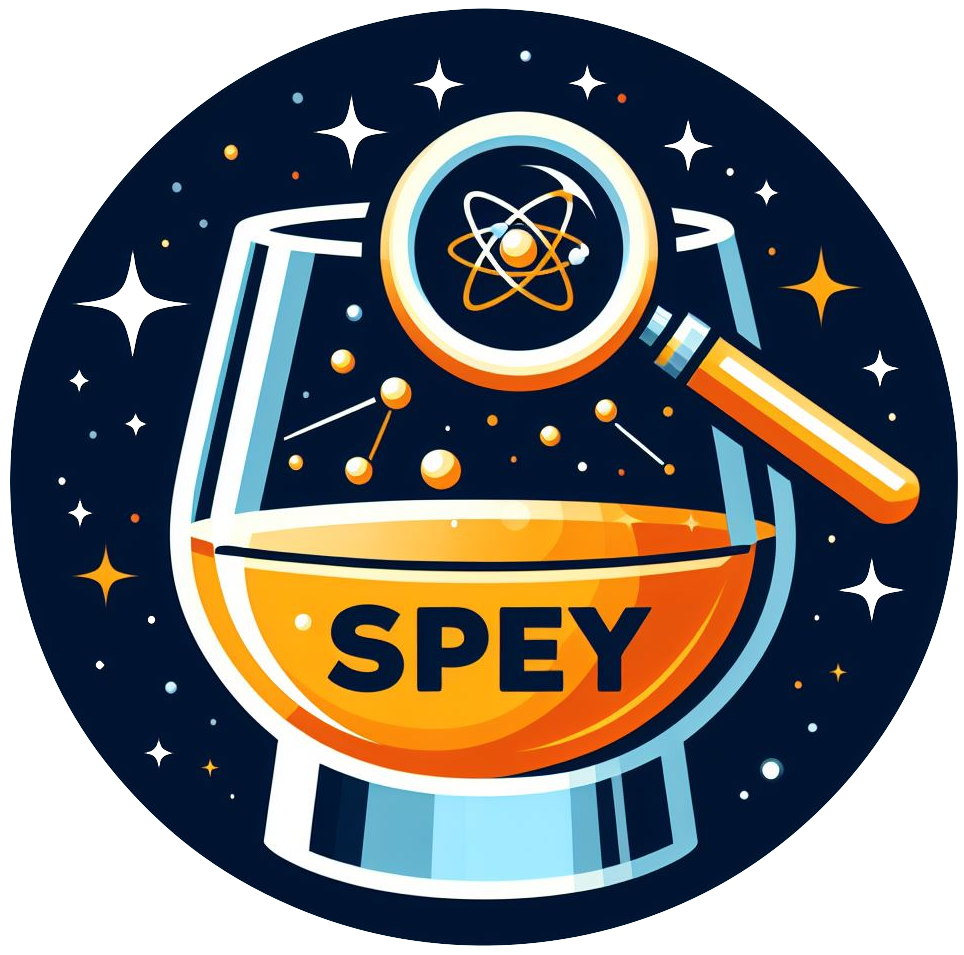Exclusion limits#
Any Spey statistical model can compute the exclusion confidence level
using three options. Depending on the available functions in likelihood construction
(see this section for details), one or more of these options will be
available for the user. One can use
available_calculators() function to see which calculators are available.
exclusion_confidence_level() function uses calculator keyword
to choose in between "asymptotic", "toy" and "chi_square" calculators.
"asymptotic": uses asymptotic formulae to compute p-values, see ref. [1] for details. This method is only available if the likelihood construction has access to the expected values of the distribution, which allows one to construct Asimov data."toy": This method uses the sampling functionality of the likelihood, hence expects the construction to have sampling abilities. It computes p-values by sampling from signal+background and background-only distributions."chi_square": This method simply computes\[\chi^2(\mu) = -2 \log\frac{\mathcal{L}(\mu, \theta_\mu)}{\mathcal{L}(\mu_h,\theta_{\mu_h})}\]and uses \(\chi^2\)-p-value look-up tables to determine the exclusion limits. Here, \(\mu\) is determined by
poi_testkeyword, which is by default1.0and \(\mu_h\) is the relative POI value to determine the null hypothesis, which is set by thepoi_test_denominatorkeyword, defaultNone. Ifpoi_test_denominator=Nonethe null hypothesis will be determined by the maximum likelihood, if anything else, it will be computed according to that POI value.
The expected keyword lets users choose between observed and expected exclusion limit
computations. Additionally, it allows one to choose prefit expected exclusion limit as well;
this can be enabled by choosing expected=spey.ExpectationType.apriori. This option will
disregard the experimental observations and compute the expected exclusion limit with respect to
the expected background yields, i.e. simulated SM. observed
(aposteriori) performs post-fit and computes observed (expected)
exclusion confidence limits. Expected exclusion limits, for both cases, are returned with
\(\pm1\sigma\) and \(\pm2\sigma\) fluctuations around the background model. Hence, while
the observed expectation limit returns one value, the expected exclusion limit returns five values;
\([-2\sigma, -1\sigma, 0, 1\sigma, 2\sigma]\), respectively. However, since this is not possible
for the "chi_square" calculator, that option only returns one value for both.
allow_negative_signal determines which test statistics to be used and limits the values that \(\mu\)
can take during the computation of maximum likelihood. If allow_negative_signal=True algorithm
will use \(q_\mu\) test statistic, otherwise \(\tilde{q}_\mu\) test statistics will be used
(see [1, 2] for details).
For highly complex statistical models, maximising the likelihood can be tricky and might depend on the optimiser.
Spey uses Scipy to handle the optimisation and fitting tasks, all other keyword arguments that have not been mentioned
in the function description of exclusion_confidence_level() passed to the optimiser which
enables the user to control the properties of the optimiser through the interface.
